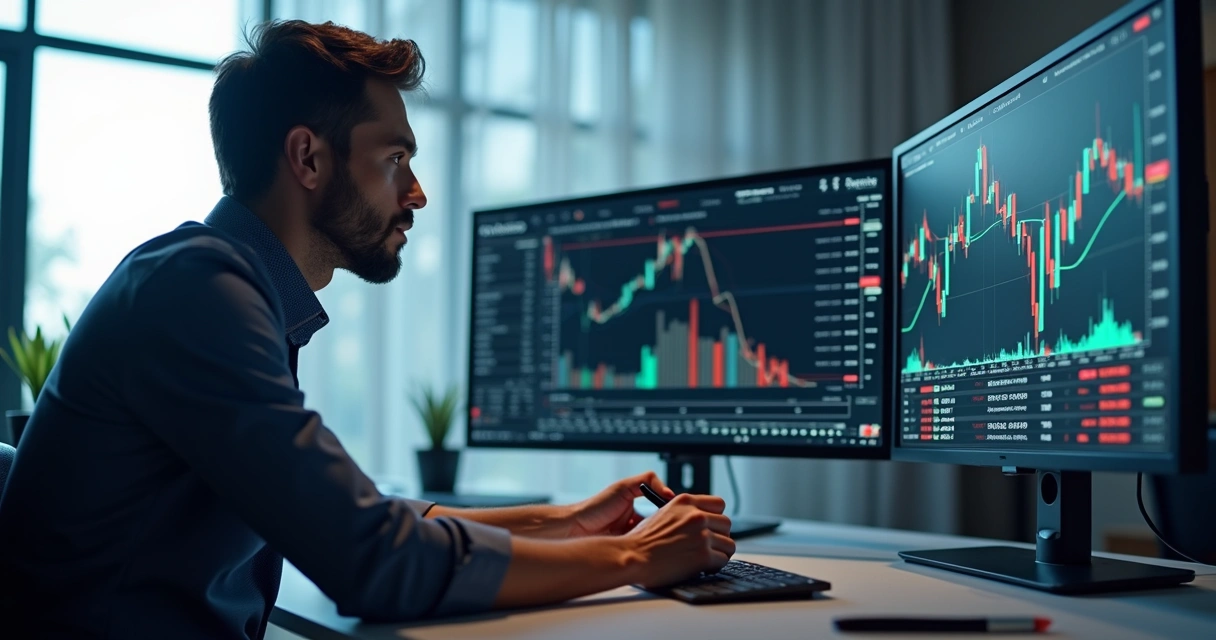For institutional traders, separating intuition from evidence requires more than just experience—it calls for rigorous, repeatable analysis. Testing trading ideas, before putting real capital at risk, is not just a safety net but a lens for understanding what actually works in today’s fast-moving financial markets. Past price data is not just a record of what markets have done; it’s a resource for stress-testing ideas, catching blind spots, and developing discipline. Institutional Trading Academy recognizes this powerful intersection between knowledge, discipline, and opportunity, and helps traders transform theory into practical results.
Data reveals what hope might hide.
This article tells the story of how institutional traders put concepts to the test. It explores how to prepare analysis, select data, avoid common traps, and go beyond raw simulation with real-world validation. With practical tips, stories, and lessons (some learned the hard way), it shows why careful review is the bridge between bold ideas and lasting results.
What is backtesting for institutional traders?
Backtesting means testing a trading method or set of rules using historical market data to see how it would have performed, with all trades marked in hindsight. Think of it as a virtual trial run: all logic and decisions are applied to past prices, volumes, and sometimes even news events, exactly as if the trades were being executed in real time.
Institutions depend on this structured review to answer pressing questions:
- Would this strategy survive a bear market or only thrive in a bull run?
- Are sharp drawdowns hidden behind strong average returns?
- Is the system robust, or does it only shine in cherry-picked periods?
It is not a guarantee of success, but it is the most honest litmus test available before live trading. Teams at Institutional Trading Academy use these trials to train discipline, show students the impact of risk controls, and build confidence before larger positions go live.
 Why institutions demand rigorous backtests
Why institutions demand rigorous backtests
Large firms, prop shops, and investment offices do not rely on rumor or “gut instincts” alone. They demand answers that survive tough questioning and careful scrutiny, because millions—or even billions—may be at risk.
- Risk control: Firms must identify periods and scenarios when the model fails or breaks, before the money vanishes.
- Consistency: Patterns that work across decades, markets, or asset classes give peace of mind far beyond those that only worked last month.
- Regulatory compliance: Some strategies must be documented, audited, or justified to external risk teams and regulators (as highlighted in the Federal Reserve Board review of backtesting procedures for Value-at-Risk at federalreserve.gov).
- Investor confidence: Pension funds, endowments, and external clients simply require proof. Backtests are part of the story, when explained honestly.
- Every trade placed without review is a leap in the dark.
The Institutional Trading Academy, for example, uses structured review—always with a blend of education and simulation—so every participant sees the hidden risks and the power of disciplined review. These lessons echo across all levels of market participation.
The basic backtesting process from start to finish
No two systems are exactly alike, but the core process repeats across teams and markets. The steps below show what a careful review looks like in the institutional world, with a balance of discipline, curiosity, and skepticism.
1. Define the trading rules
A trading idea is not yet a testable system. It requires detailed logic:
- Which assets are traded?
- When does a position open? (Examples: Moving average cross-over? New high on volume?)
- When is it closed? (Pre-set target? Trailing stop? Timer?)
- How much is risked per trade?
- What are the transaction costs, slippage, and other trading frictions?
The rules must be so clear that two independent programmers would build the same system from the same description. Ambiguities are the enemy of honest review.
2. Select and clean the dataset
The data shapes the truth. A strategy showing smooth growth on daily closing prices might crumble under tick-by-tick or intraday candles. Choices include:
- Time period: Test during different market cycles (bull, bear, range-bound, high volatility, low volatility).
- Data granularity: Tick, minute, hourly, daily, weekly—depends on the method being tested.
- Asset selection: Some methods only work on stocks, others on futures, options, or even crypto pairs.
- Quality and accuracy: Clean for missing values, bad prints, and unjustified outlier spikes.
One classic error is “survivorship bias”: using only current members of an index, rather than including delisted, bankrupt, or merged firms. The result? Unrealistic results and over-optimism. Proper review means using broad, unfiltered history whenever possible—an idea examined in the UCLA Anderson research on stock return predictors (anderson-review.ucla.edu).
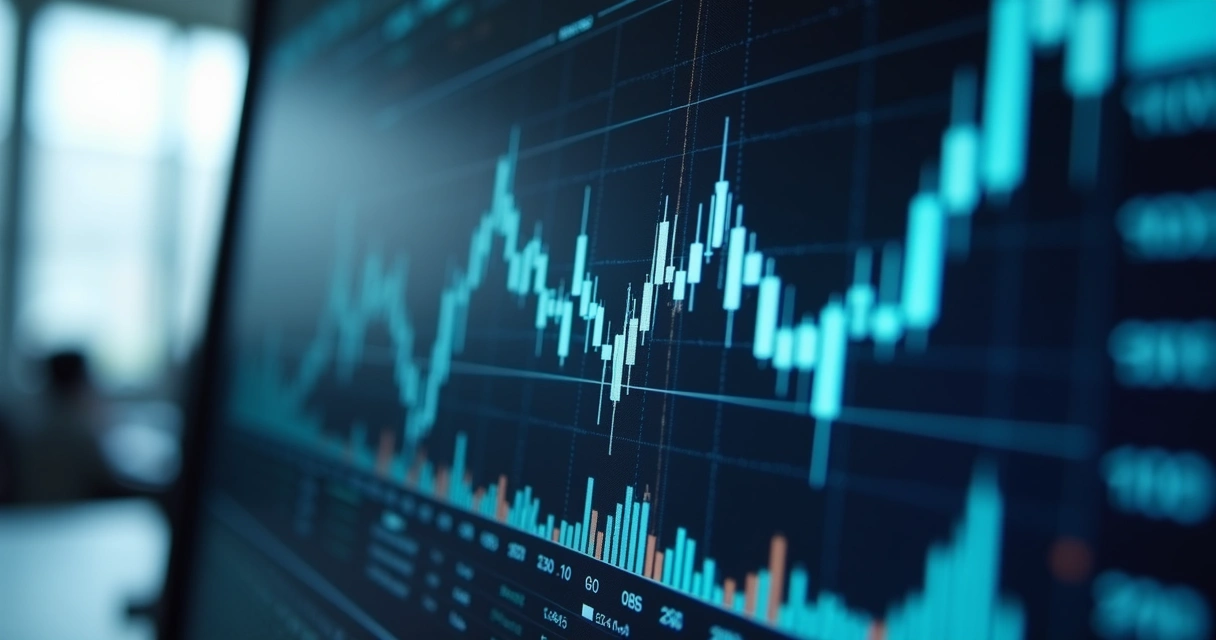 3. Plug into the right tools and software
3. Plug into the right tools and software
Some teams build models in house, with code stretching thousands of lines. Others use commercial software, configured for institutional needs. Good tools must support:
- Step-by-step simulation with every order timestamped
- Batch runs across hundreds or thousands of assets for portfolio testing
- Advanced metrics and easy ways to export results for reporting and further study
- Ability to include transaction costs, borrow fees, market impact, and other frictions
Institutional Trading Academy, for example, exposes students and traders to different platforms, encouraging them to compare results and understand the quirks of each environment. Robustness is not about the programming language, but the transparency and repeatability of the results. An example of methodology is shown in the University of South Carolina’s tutorial using the Global Minimum Variance Portfolio.
4. Run the simulation
Now comes the moment of truth. The predefined rules are unleashed on the cleaned dataset, step by step, one data point at a time. The computer marks entries, exits, wins, losses, drawdowns, reversals—without emotion, preference, or hindsight.
In some setups, this process may last seconds. In others, with high-complexity rules and multiple asset classes, it may take hours or days.
Numbers don’t flinch at bad news. They tell the story, every time.
5. Review the output and performance metrics
Raw outputs—lists of trades, P&Ls, and returns—mean little on their own. Institutions focus on advanced measures to judge real-world viability:
- Annualized return: How much would the method have returned per year, on average?
- Sharpe ratio: Were the gains accompanied by wild swings, or achieved calmly?
- Worst drawdown: How deep did losses get, even if returns later recovered?
- Win/loss ratio and trade frequency: Does the system grind out hundreds of tiny winners, or swing for rare home runs?
- Max consecutive losers or winners: Can a human, or a client, actually stick with it when luck turns?
Performance is never just about numbers—it is about the story those numbers tell and the discipline they demand.
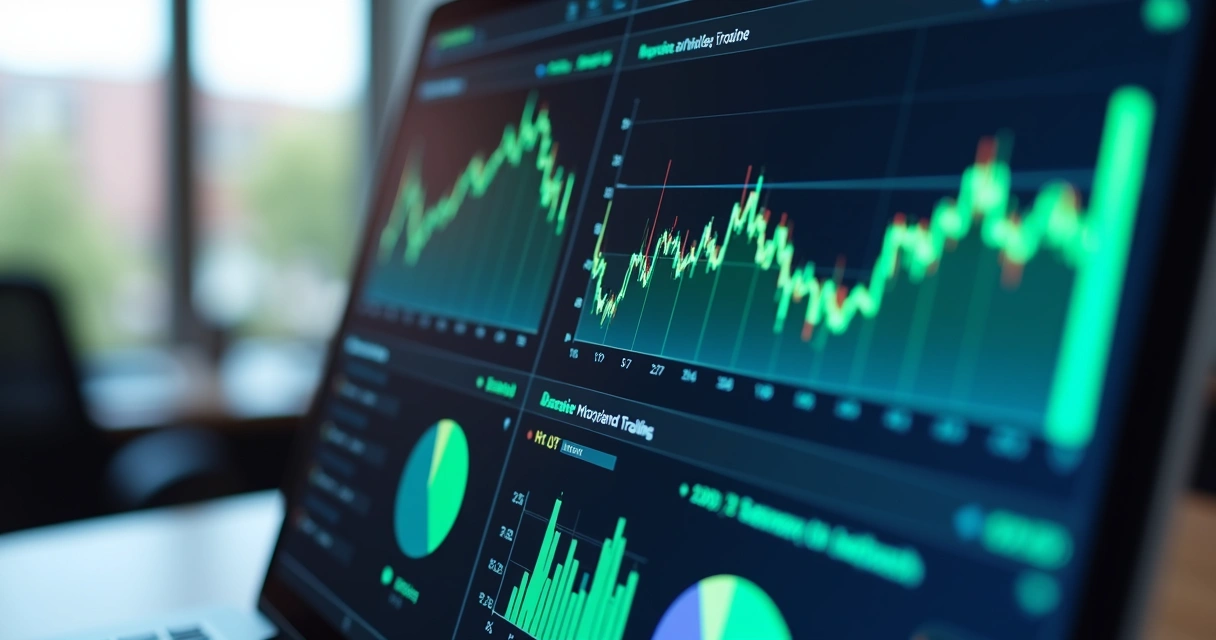 6. Document and interpret results
6. Document and interpret results
Raw system outputs without context or review rarely survive committee meetings. The best teams:
- Write up every assumption, caveat, and odd result.
- Highlight periods of weakness, not just the record highs.
- Suggest ways to improve, stress-test, or automate further checks.
In the end, the review must answer why the rules appear to work, not merely “if” they make money. The Institutional Trading Academy teaches this as an expected discipline for anyone aspiring to trade at size.
Key performance metrics: what really matters?
Numbers catch the eye, but which ones will keep a risk manager awake at night—or smiling with quiet relief?
- Total return: The sum over time. Tempting, but misleading if achieved with wild swings or lucky stretches.
- Risk-adjusted return (Sharpe/Sortino): How much return per unit of risk? Smooth returns are valued higher than volatile booms-and-busts.
- Drawdown: The worst loss from the highest point to the next local trough. Tells the story of pain, stress, and testing investor patience.
- Volatility: The standard deviation of returns. Teams want repeatability, not random fireworks.
- Skewness and kurtosis: Are gains steady, or are there hidden “tail risks” that will show up only once every few years?
- Trade frequency and holding time: Can the position sizing, commission structure, or liquidity really support so many trades?
Rigorous model review at the Federal Reserve Board and among academic institutions focuses on these numbers, not flashy one-off wins. Confidence in a method grows when these performance figures stay stable across different periods, assets, and shocks.
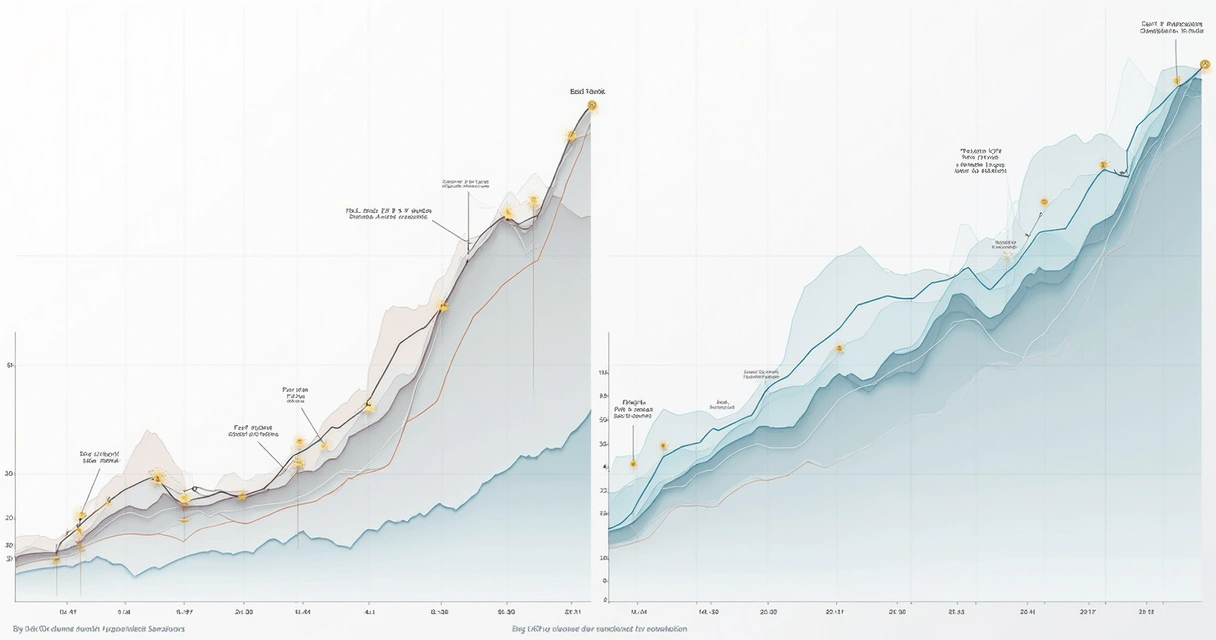 Validation, biases, and the “traps” of backtesting
Validation, biases, and the “traps” of backtesting
No test is perfect. Every simulation of a trading idea against past prices includes possible errors, biases, and traps, unless checked with clear-eyed discipline.
Why validation matters
Firms want to believe in their models… but belief does not move the market. Academic overviews of this topic show how rigorous validation is the only honest road to real confidence, not false optimism.
- Look-ahead bias: Sneaking in future information can ruin the test. (For example, ranking stocks based on next month’s earnings when simulating a trade from last year.)
- Survivorship bias: Testing strategies only on stocks or funds that exist today. Misses the losers, the bankrupt, and the forgotten—leading to inflated hopes.
- Overfitting: Tuning rules so tightly to past data that the model works only in that exact sample, then fails in new periods.
- Data snooping: Trying dozens or hundreds of rule combinations, then “discovering” a working model—when in truth, randomness guaranteed some would look good by chance alone.
- Improper transaction cost modeling: Ignoring bid-ask spreads, slippage, taxes, and market impact, especially for high-frequency strategies.
- A model built on hindsight will crumble with tomorrow’s news.
Institutions build checks into their systems to spot and control for these traps. The caution is not academic, but practical: even the best-reviewed strategy can backfire if these flaws are missed in the review.
 How to avoid look-ahead and overfitting issues
How to avoid look-ahead and overfitting issues
The best plans crumble unless every decision can be made with information available at that exact point in the past. Reviewers always watch for:
- Did the entry rule use the day’s close, which is only known after that session ends?
- Were “future” splits, dividends, or earnings surprises accidentally considered in ranking system logic?
- Was the strategy tuned too closely to one market cycle, ignoring periods with different volatility or direction?
- Did the test use the same data to define and then judge “success”?
Best practice means splitting the data:
- One set for rule building and training
- A separate, untouched set for validation or “out of sample” review
Good strategies should show stable, if not identical, results in both sets. Wild swings from boom to bust suggest random luck, not true repeatability.
Comparing scenario analysis, walk-forward testing, and backtesting
Institutions do not depend on a single trial. They use a blend of review approaches:
- Classic backtesting: Test the system on all available past prices for a quick sense of what would have happened.
- Scenario analysis: Plug the logic into stress events (market crashes, flash rallies, low liquidity shocks) to see if rules break in rare cases.
- Walk-forward testing: Simulate a real-world process: build rules, test on a period, adjust, move forward to new data. Repeat. This reveals whether the method adapts as markets evolve, or only survives on old history.
While all three share purpose—reducing risk and improving discipline—walk-forward testing speaks to adaptation, while scenario analysis spotlights vulnerability to stress. Each adds a piece to the bigger picture.
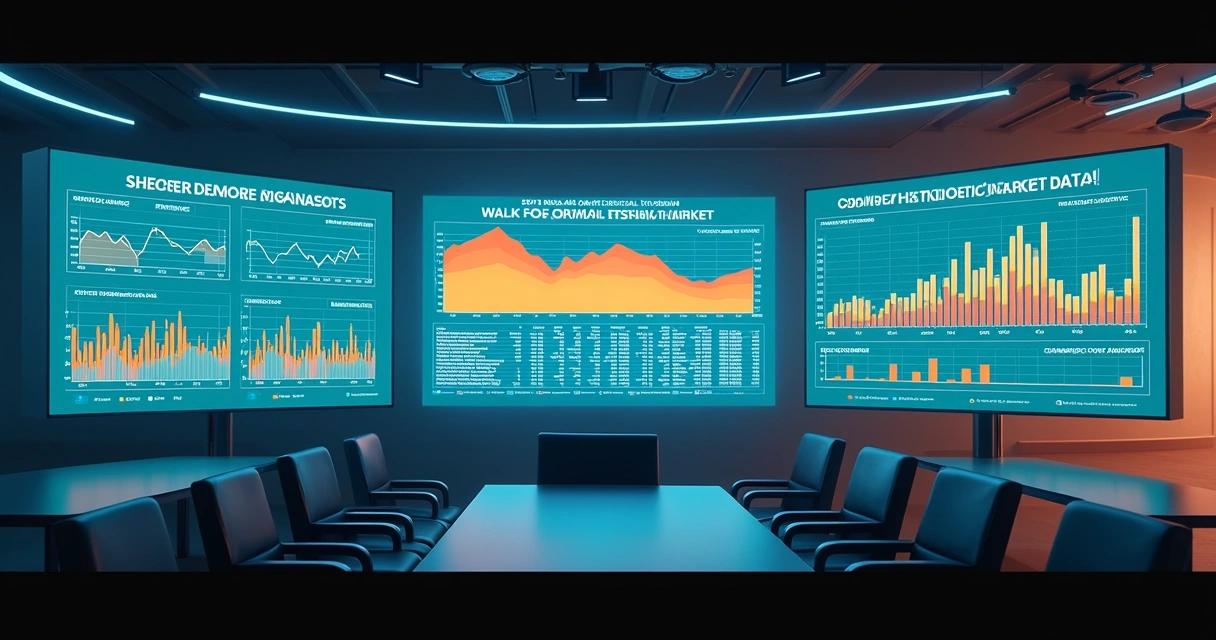 After the backtest: integrating paper trading and live testing
After the backtest: integrating paper trading and live testing
No matter how strong the numbers, simulation is not reality. Markets shift; spreads widen; news changes everything between now and the next trade. That is why, especially at places like Institutional Trading Academy, traders are coached to follow up with:
- Paper trading: Running the system in real time, with no real money, but with live prices and realistic delays.
- Shadow accounts: Executing signals alongside real trades, clerking every order and position, without the emotional risk of monetary loss.
- Incremental live trading: Scaling up only after each stage passes, and never risking more than can be lost without regret or disaster.
Students and traders sometimes find their “perfect” system falls apart when reality hits: late fills, news shocks, or clients whose nerves snap at the first sign of red ink. The hard lessons, learned in simulation rather than with real cash, keep careers intact.
No plan survives first contact with the real market.
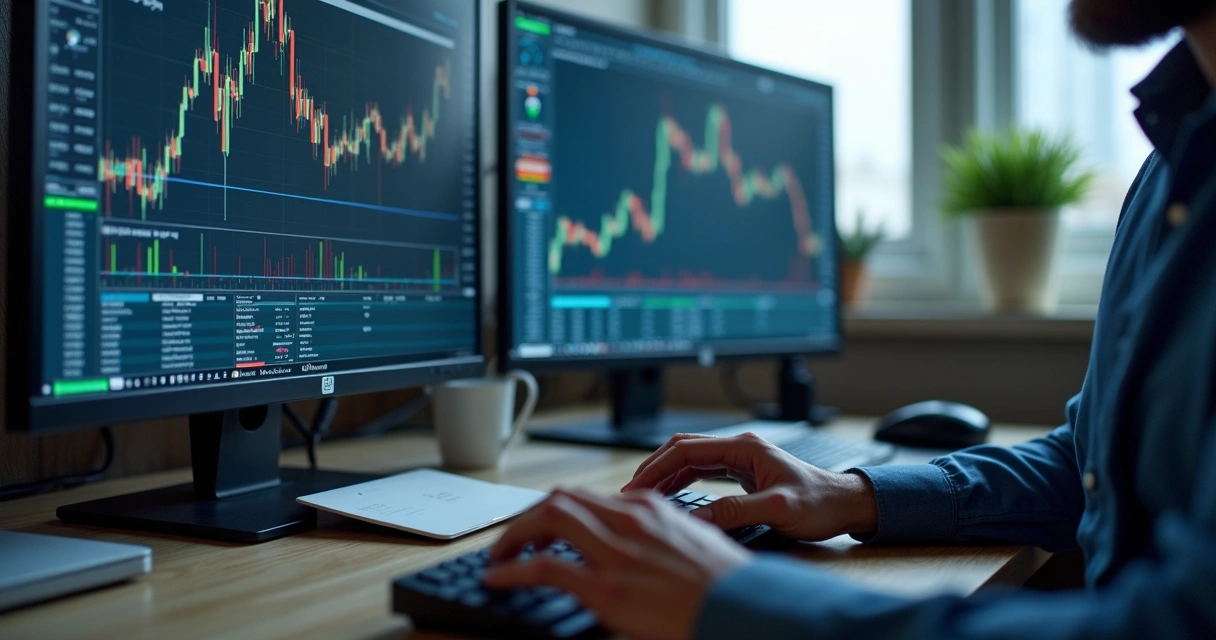 The distinct benefits of backtesting for institutional traders
The distinct benefits of backtesting for institutional traders
Institutions gain more than just a statistical edge; they build discipline, confidence, and the ability to explain decisions to clients, supervisors, or regulators. Some gains include:
- Risk reduction: By learning from history, teams avoid repeating painful mistakes.
- Strategy development: Honest feedback accelerates learning and improvement, especially when paired with coaching and mentorship.
- Objective review: Results are facts, not opinions. The process supports accountability at every level.
- Better adaptation to market evolution: By regularly re-testing rules, traders keep pace as volatility, regimes, and correlations shift.
- Client and supervisor trust: Documented, tested methods are easier to explain, defend, and refine.
These benefits are core to the mission of Institutional Trading Academy, which blends training, live support, and flexible capital solutions for students and professionals at every stage.
 Common mistakes and how to avoid them
Common mistakes and how to avoid them
Even the best-intentioned teams make missteps on the road from idea to execution. Some familiar errors include:
- Ignoring data quality: Relying on “clean” data from unvetted sources can bury issues. Always verify, reconstruct, and spot-check before trusting the results.
- Overfitting the model: When parameters are tuned until results look good on paper, but fail to generalize to new data.
- Neglecting costs: Forgetting about commissions, spreads, slippage, and carry costs. Returns may turn negative after these are factored in.
- Testing too few scenarios: Using only bull-market periods or ignoring crises (like 2008, 2020, or regional crashes).
- Poor documentation: Failing to track why certain changes were made, delaying fixes when issues emerge.
Each mistake, while painful, can be a learning experience—if caught early. This is why detailed checklists and regular reviews are expected at top training programs and shops alike.
A step-by-step path for both beginner and advanced traders
Whether just starting out or running a large book, traders benefit from following a disciplined, staged process:
- Begin with a clear hypothesis. Write rules as if a stranger had to code them blind. Be specific.
- Choose and clean your data carefully. Use wide periods, varied markets, and check for errors.
- Cautiously run small, contained simulations. Start with one asset, then expand when stable.
- Record every tweak, result, and confusion. Honest self-critique beats accidental overconfidence.
- Validate on out-of-sample or new data only. Resist temptation to “peek” ahead.
- Use performance metrics that speak to risk, not just reward. Average returns mean little if the drawdowns are career-ending.
- Try walk-forward or scenario analysis to see if rules adapt. Don’t be fooled by a single strong sample.
- Graduate to real-world paper trading or simulated accounts before risking capital. Trust, but verify—in the real world.
- Ask for outside review or join a trading community. An extra pair of eyes spots hidden traps and provides accountability. The ITA’s learning hub is a good place for this ongoing process.
- Regularly revisit, refine, and stress-test your approach. Markets shift, and what worked yesterday needs constant review.
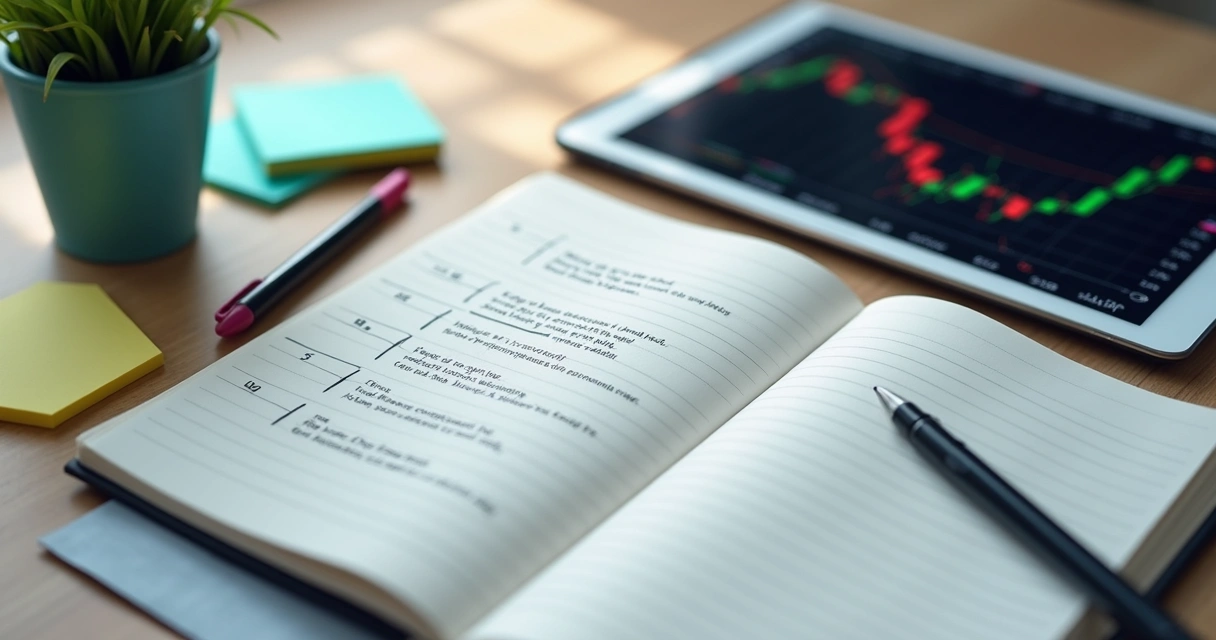 The role of risk management and objective data analysis
The role of risk management and objective data analysis
All the preparation and cleverness in the world cannot replace humility in the face of risk. Teams at the Institutional Trading Academy live by the idea that good traders win by surviving, not just by swinging for the fences.
- Position sizing: No single trade can make or break the account; rules are sized to withstand losing streaks.
- Stop-losses and circuit breakers: Mechanical rules that end trading for the day, week, or month if limits are hit.
- Scenario drills: Re-running tests under extreme market conditions, to see where methods fail.
- Peer and mentor review: Inviting outside voices to review not just the numbers, but the logic and risk controls.
Every lesson in objective analysis is a safeguard against costly mistakes. The discipline of backtesting and stress testing—highlighted in academic articles and Federal Reserve research—remains the bedrock of safe, long-term trading.
Building long-term discipline: institutional best practices
Discipline beats impulse, every time. At organizations like Institutional Trading Academy, long-term performance is built on:
- Transparency: Every change and every test is logged for review, improvement, and learning.
- Adaptability: Monthly or quarterly reviews to see which rules have lost their edge—no sacred cows allowed.
- Continuous education: Traders stay up-to-date with new reviews, methods, and risk techniques, as seen in the latest UCLA Anderson study of strategy signals.
- Supportive community: Members ask questions, offer peer review, and discuss lessons in a structured setting (read about this on the ITA FAQ page).
These practices keep risk in check, and allow the best performers to stay in the game—even as markets change character year by year.
The human side: learning from mistakes and community
Trading, at its core, is as much a test of psychology as it is of logic. Even with perfect review, emotions—fear, greed, overconfidence—can derail a plan.
- Journaling wins, losses, and unexpected outcomes builds self-awareness.
- Accountability partners or mentors highlight blind spots.
- Community feedback, as fostered by the Institutional Trading Academy, accelerates learning and creates networks of mutual support.
Every trader, from beginner to expert, has scars from a plan that looked certain in the spreadsheet, but failed in practice. Honest, transparent debriefs (something encouraged in project-related blog discussions) are where the real growth happens.
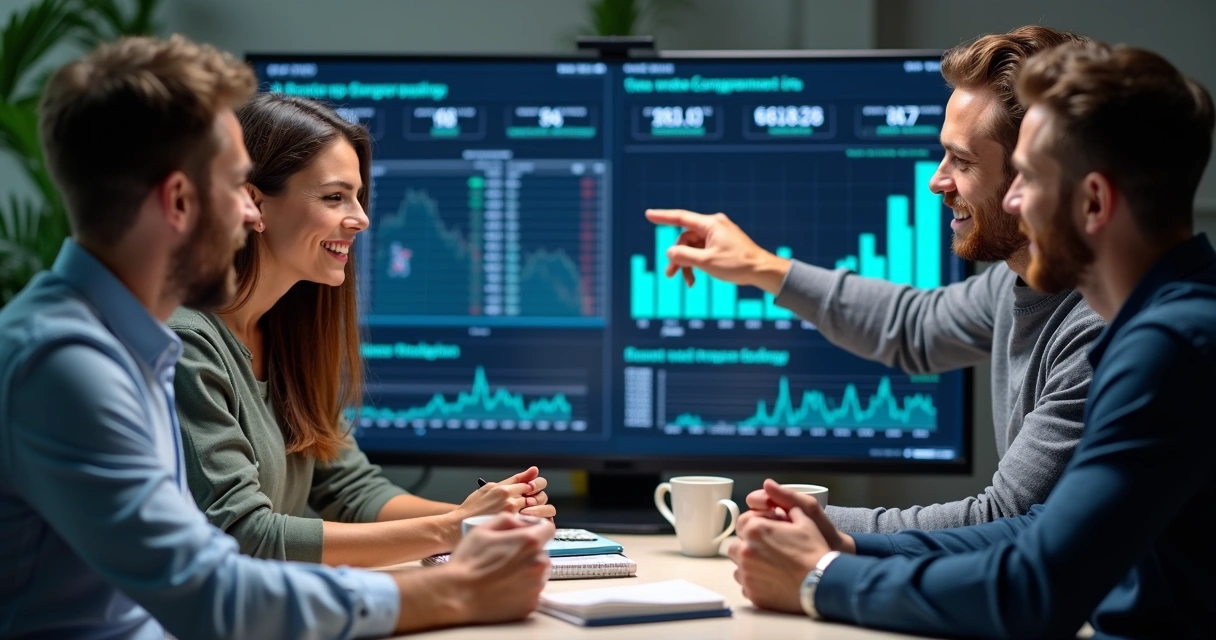 Conclusion: backtesting as the foundation of long-term trading success
Conclusion: backtesting as the foundation of long-term trading success
In the fast world of institutional trading, the difference between “almost” and “always” comes down to method and preparation. Backtesting is not a guarantee, but a mirror—it shows strengths, exposes weaknesses, and tells the hard truths to those who listen. At the Institutional Trading Academy, clarity, discipline, and robust testing create a path from bright ideas to steady outcomes.
Success in the markets comes to those who turn patterns into probabilities, numbers into discipline, and setbacks into lessons. Whether building your first system or refining advanced techniques, honest review is where real confidence and repeatable performance begin.
Are you ready to trade with your eyes open and your risk in check? Learn more about how Institutional Trading Academy supports your growth—with the resources, education, and funded accounts to help you succeed—by connecting through our expert team profiles today.
Frequently asked questions
What is backtesting in trading?
Backtesting in trading means applying a trading method or rules to historical financial data to see how successful the approach would have been if it had been used in the past. It lets traders and institutions make decisions based on evidence, not just theory, and helps spot potential risks, rewards, and hidden problems in any system.
How to backtest a trading strategy?
To backtest a trading strategy, start by writing detailed entry and exit rules, choose clean historical data, run the rules from start to finish on past prices (using code or trading software), and examine the results using performance metrics like return, drawdown, and risk-adjusted measures. Always check for mistakes like look-ahead bias, overfitting, or ignoring costs, and finish by reviewing and documenting what worked and what didn’t.
What data is needed for backtesting?
The key ingredients are accurate and complete historical price data, volumes, corporate actions (like dividends and splits), and sometimes economic news or order book data, depending on the complexity of the system being tested. Institutions also seek a broad range of markets and time periods, to spot strategies that only work in specific, unusual, or outdated conditions.
Is backtesting worth it for institutions?
For institutions, backtesting is a non-negotiable part of risk control, strategy development, and regulatory compliance. It helps them avoid costly mistakes, builds accountability for client funds, and supports steady, disciplined decision-making—though it is never a guarantee of future results.
What are common backtesting mistakes?
Common mistakes include using flawed or incomplete data, letting future information seep into the rules (look-ahead bias), overfitting parameters to past results, ignoring trading costs, and failing to validate on new or stressful market conditions. Even experienced teams can fall for these traps without regular reviews, transparency, and peer feedback.

